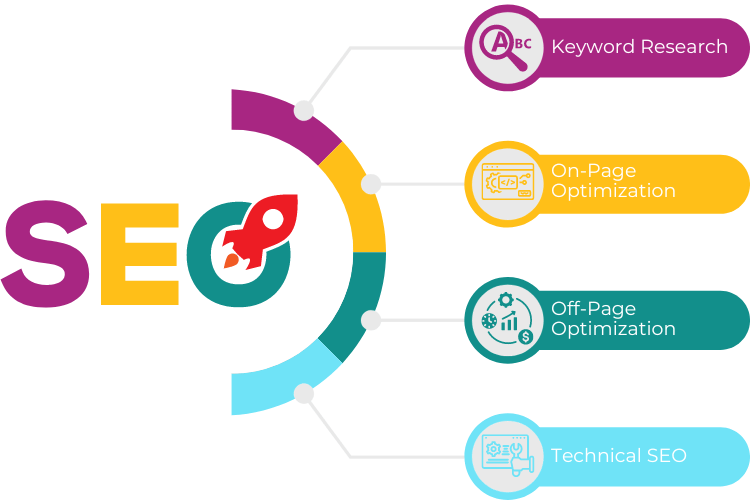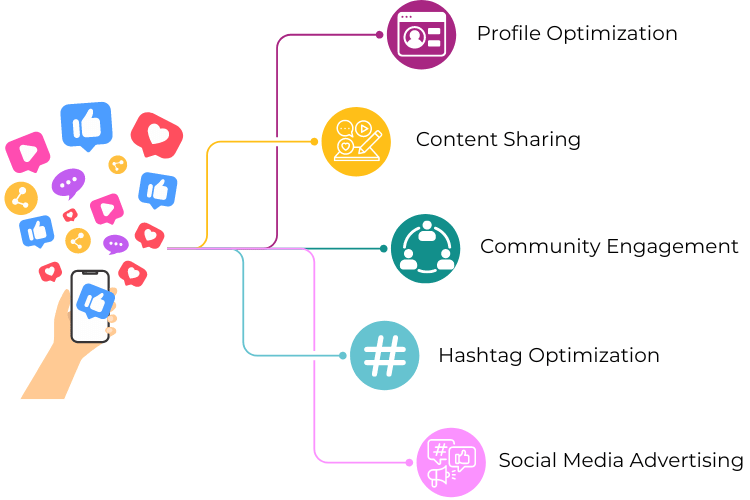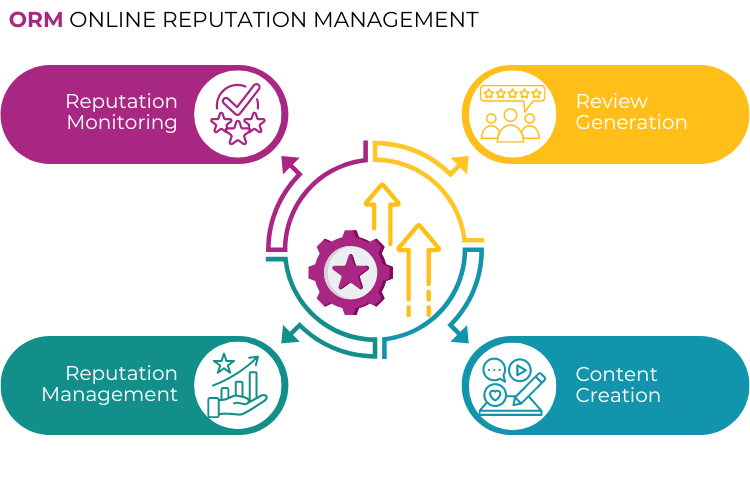Optimizations
Sure, let's break down each of these concepts:
SEO (Search Engine Optimization):
SEO is the process of optimizing a website to increase its visibility and ranking in search engine results pages (SERPs). The goal of SEO is to attract organic (non-paid) traffic to a website by improving its relevance and authority in the eyes of search engines like Google, Bing, and Yahoo.
Key components of SEO include:
- Keyword Research: Identifying relevant keywords and phrases that potential visitors are likely to use when searching for information related to the website's content.
- On-Page Optimization: Optimizing various on-page elements such as meta tags, headings, URL structure, and content to make them more search engine-friendly and relevant to target keywords.
- Off-Page Optimization: Building backlinks from other reputable websites to improve the website's authority and credibility in the eyes of search engines.
- Technical SEO: Ensuring that the website is properly crawled and indexed by search engine bots, optimizing site speed, mobile-friendliness, and addressing technical issues that may affect search engine rankings.
Overall, SEO helps websites attract targeted organic traffic, increase visibility, and ultimately drive conversions and sales.

SMO (Social Media Optimization):
SMO involves optimizing a website or brand's presence on social media platforms to increase visibility, engagement, and traffic. Unlike SEO, which focuses primarily on search engines, SMO focuses on leveraging social media channels to promote content and interact with audiences.
Key strategies for SMO include:
- Profile Optimization: Creating compelling and consistent social media profiles with relevant information, branding, and visuals.
- Content Sharing: Sharing valuable and engaging content on social media platforms to attract followers, generate likes, comments, and shares, and drive traffic back to the website.
- Community Engagement: Actively participating in conversations, responding to comments and messages, and engaging with followers to build relationships and foster a sense of community around the brand.
- Hashtag Optimization: Using relevant hashtags to increase the discoverability of social media posts and reach a broader audience.
- Social Media Advertising: Running paid advertising campaigns on social media platforms to target specific demographics, increase brand awareness, and drive traffic to the website.
Overall, SMO helps businesses and brands leverage the power of social media to build brand awareness, drive traffic, and engage with their target audience.

ORM (Online Reputation Management):
ORM is the practice of monitoring, managing, and influencing the online reputation of a person, brand, or organization. It involves tracking mentions, reviews, and feedback across various online channels and taking proactive steps to maintain a positive online reputation.
Key components of ORM include:
- Reputation Monitoring: Monitoring online mentions, reviews, ratings, and comments on social media, review websites, forums, and other online platforms to stay informed about what people are saying about the brand.
- Reputation Management: Responding promptly and professionally to both positive and negative feedback, addressing customer concerns, and resolving issues to mitigate the impact of negative publicity.
- Review Generation: Encouraging satisfied customers to leave positive reviews and testimonials to counterbalance negative feedback and build credibility.
- Content Creation: Creating and sharing positive content such as blog posts, press releases, case studies, and social media updates to showcase the brand's values, achievements, and contributions.
Overall, ORM helps businesses and individuals protect and enhance their online reputation, build trust with their audience, and maintain a positive brand image in the digital landscape.

